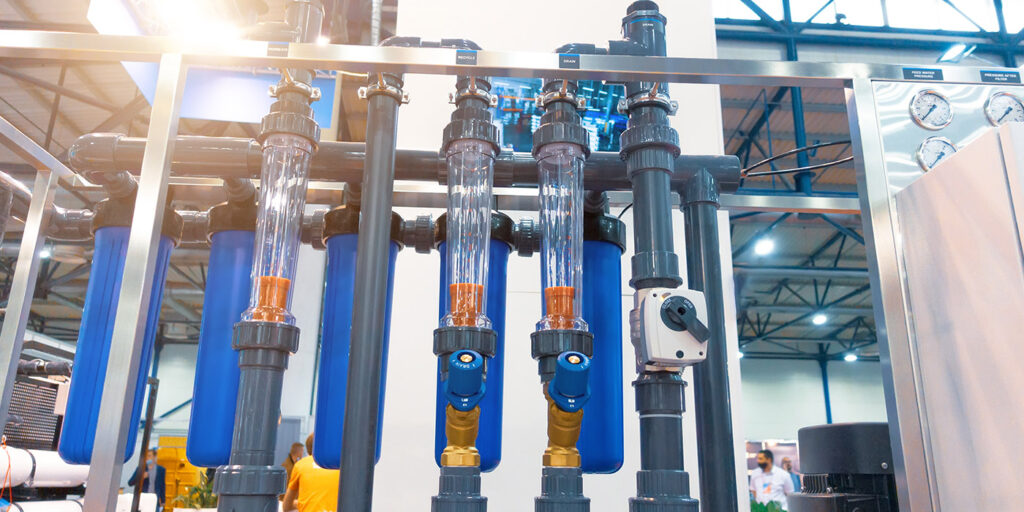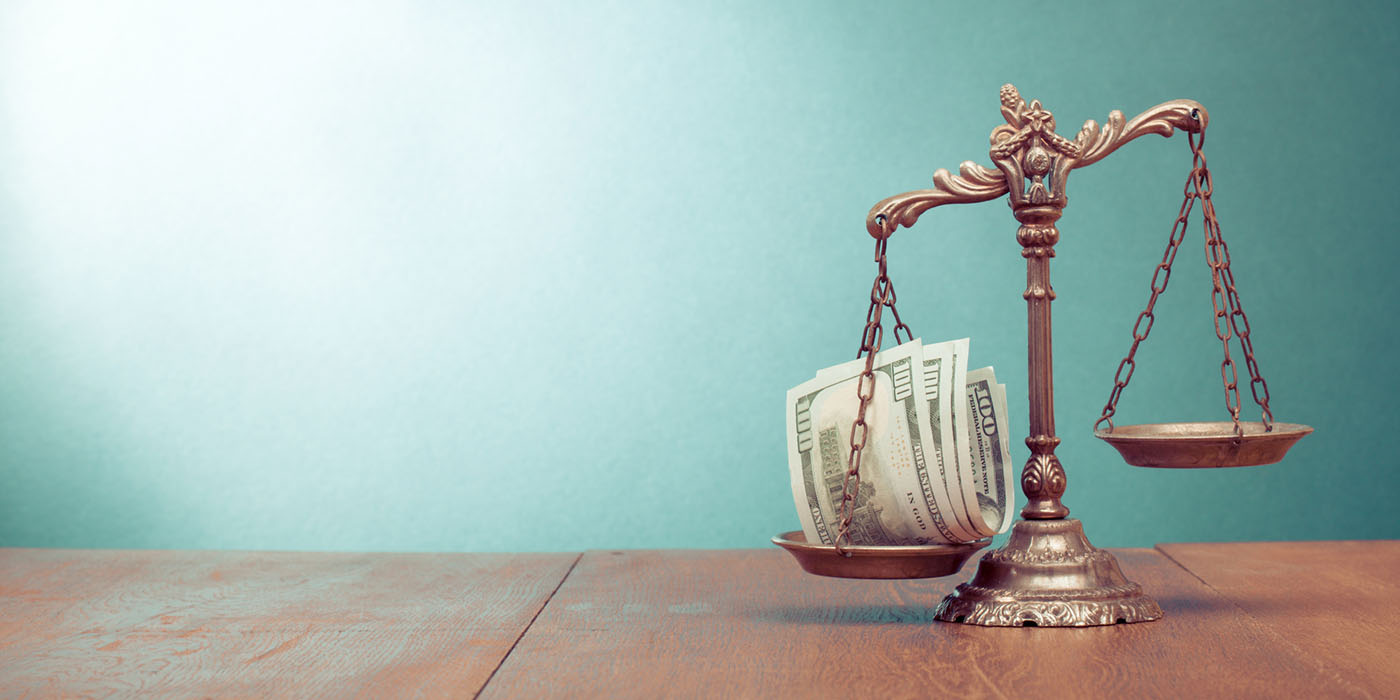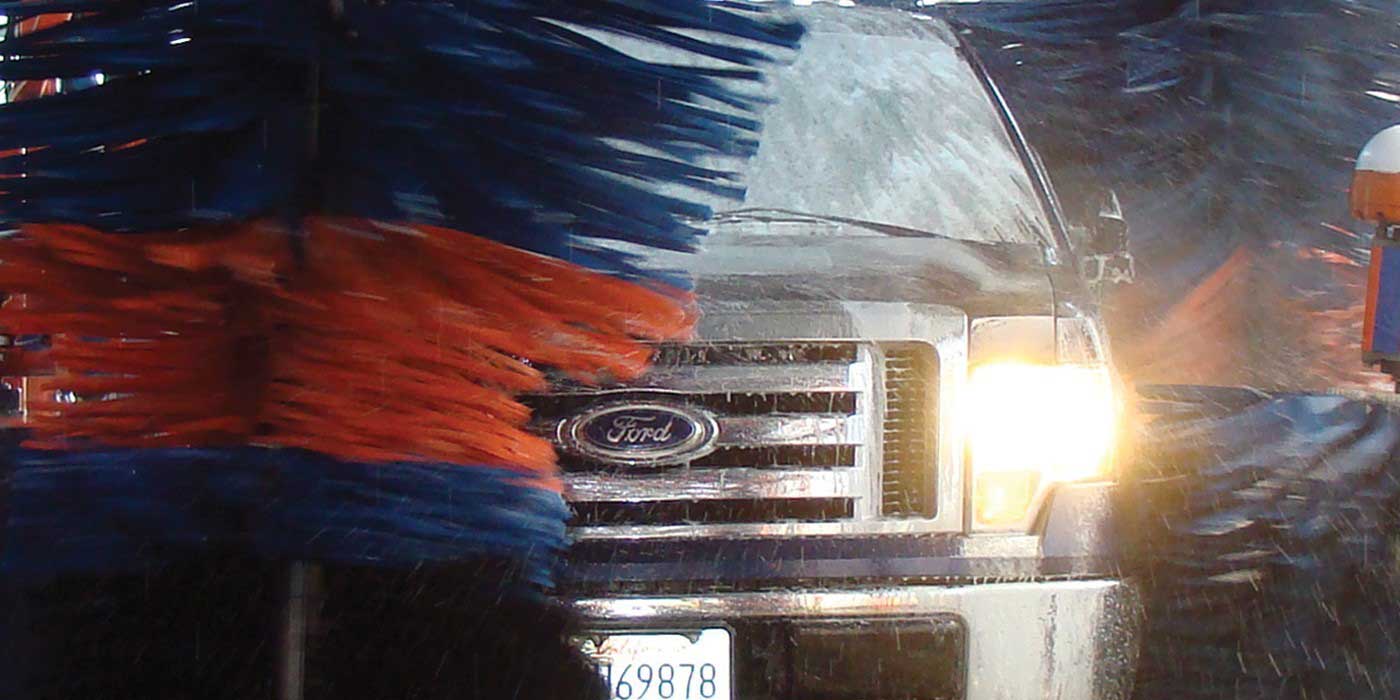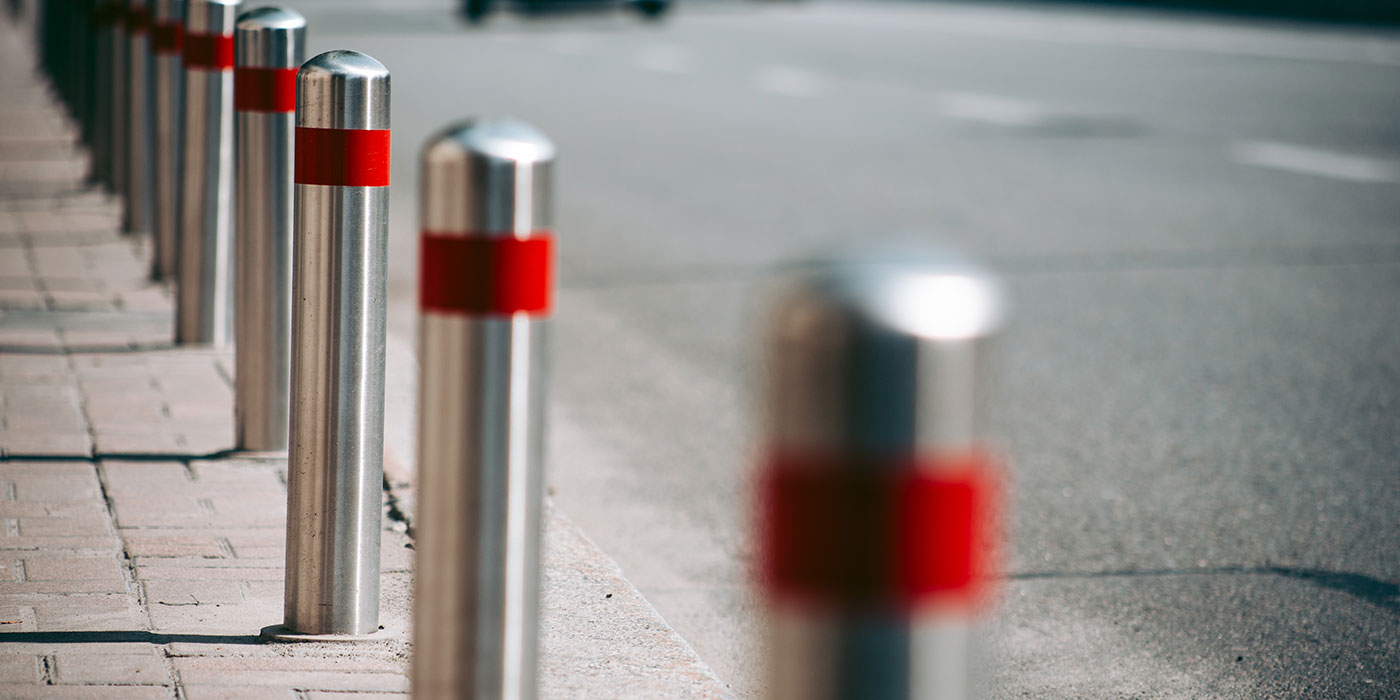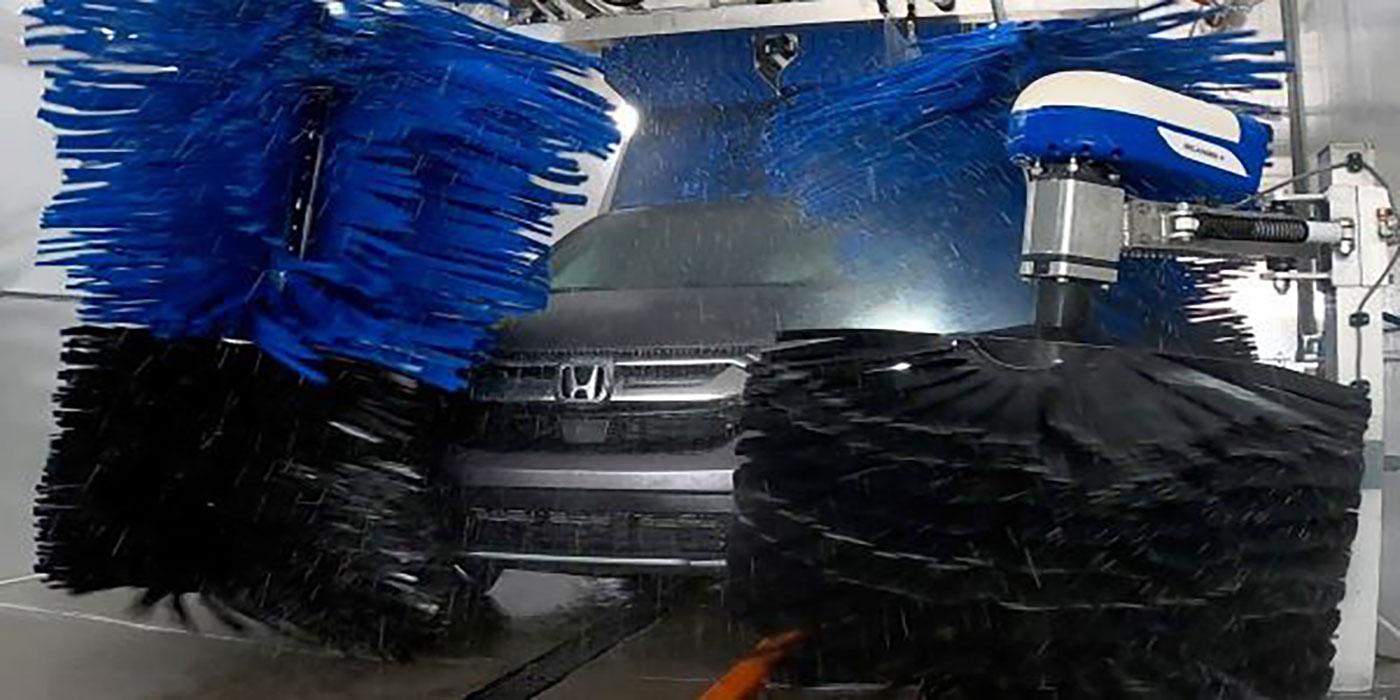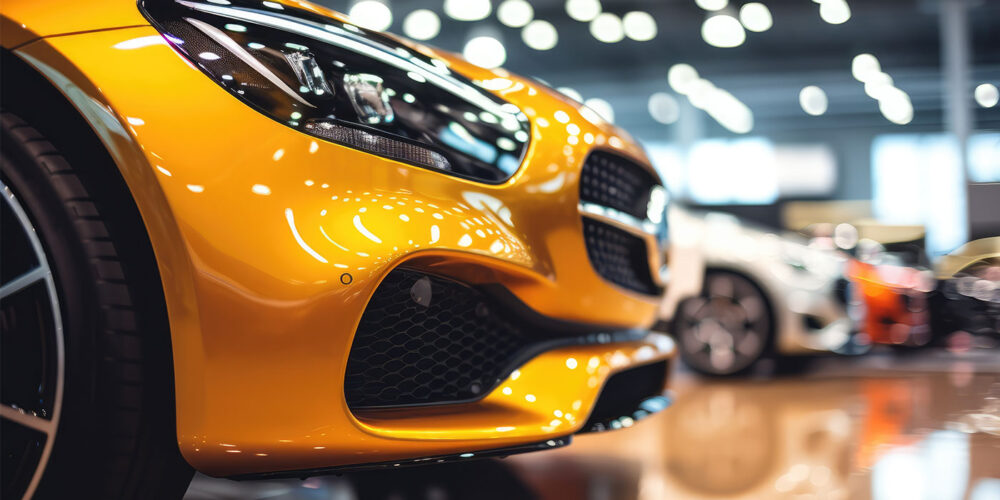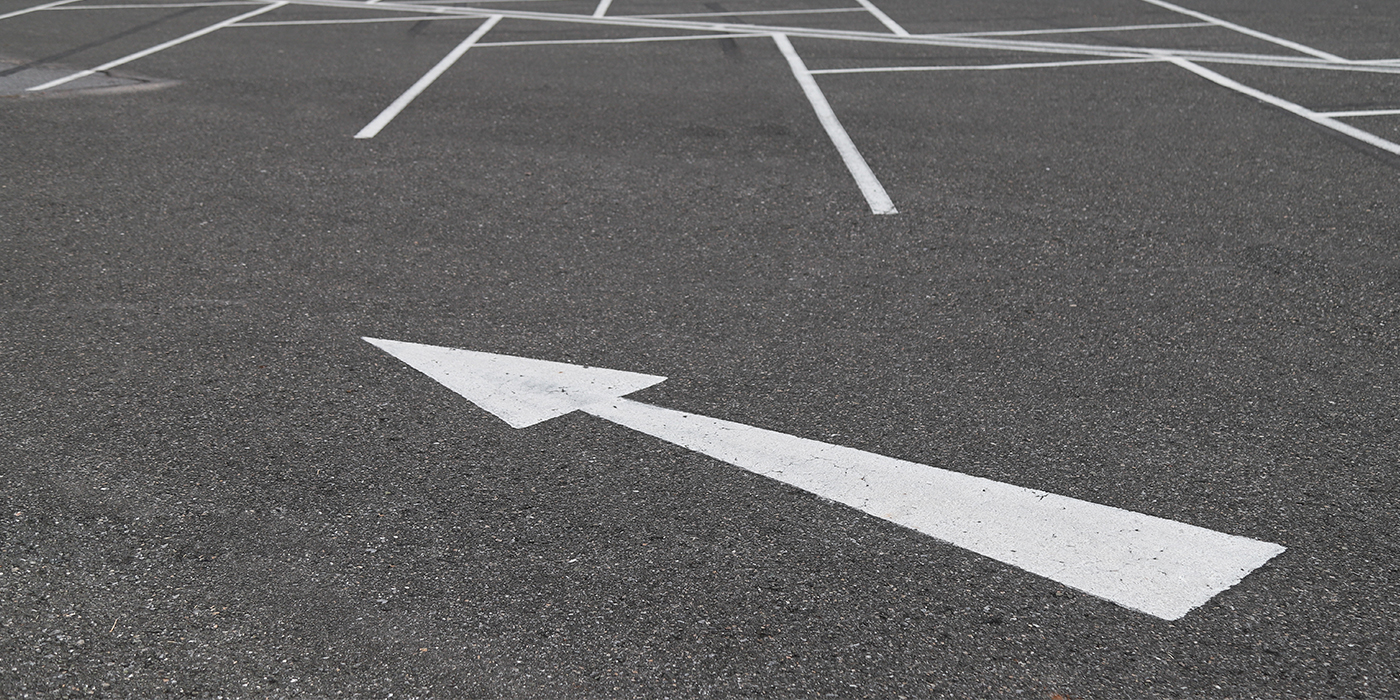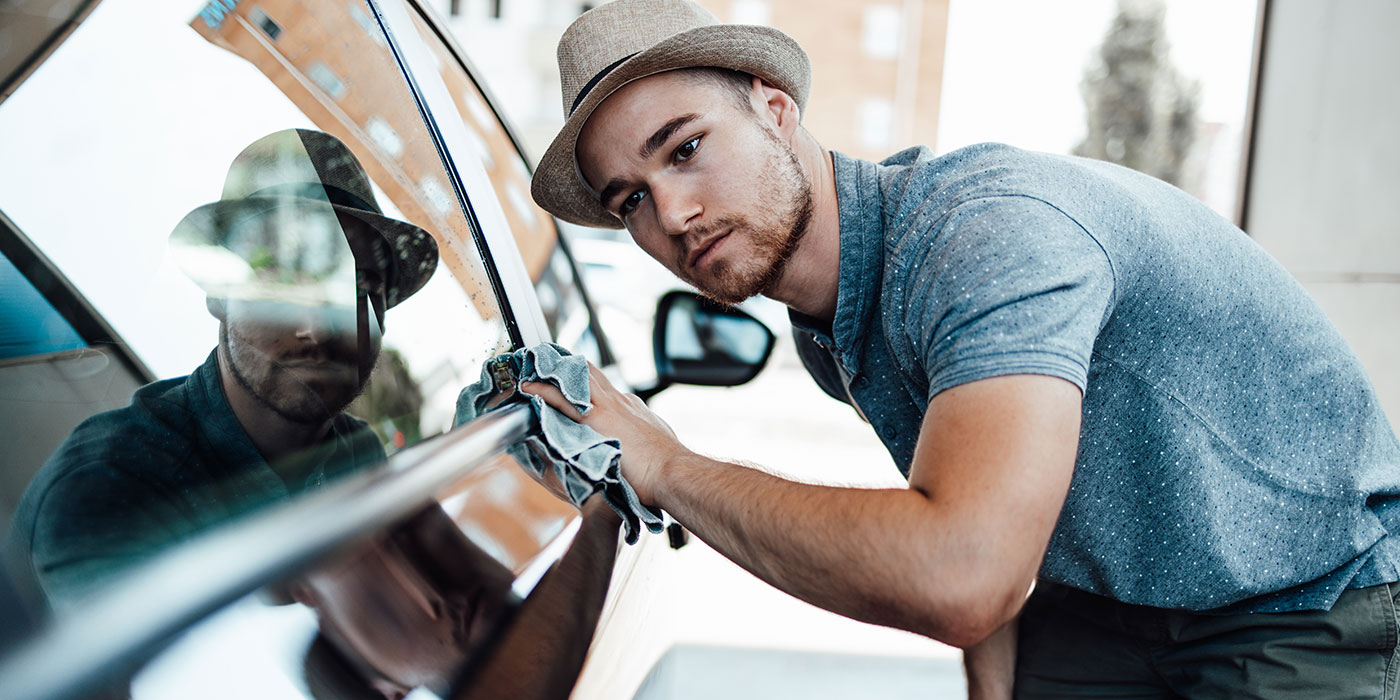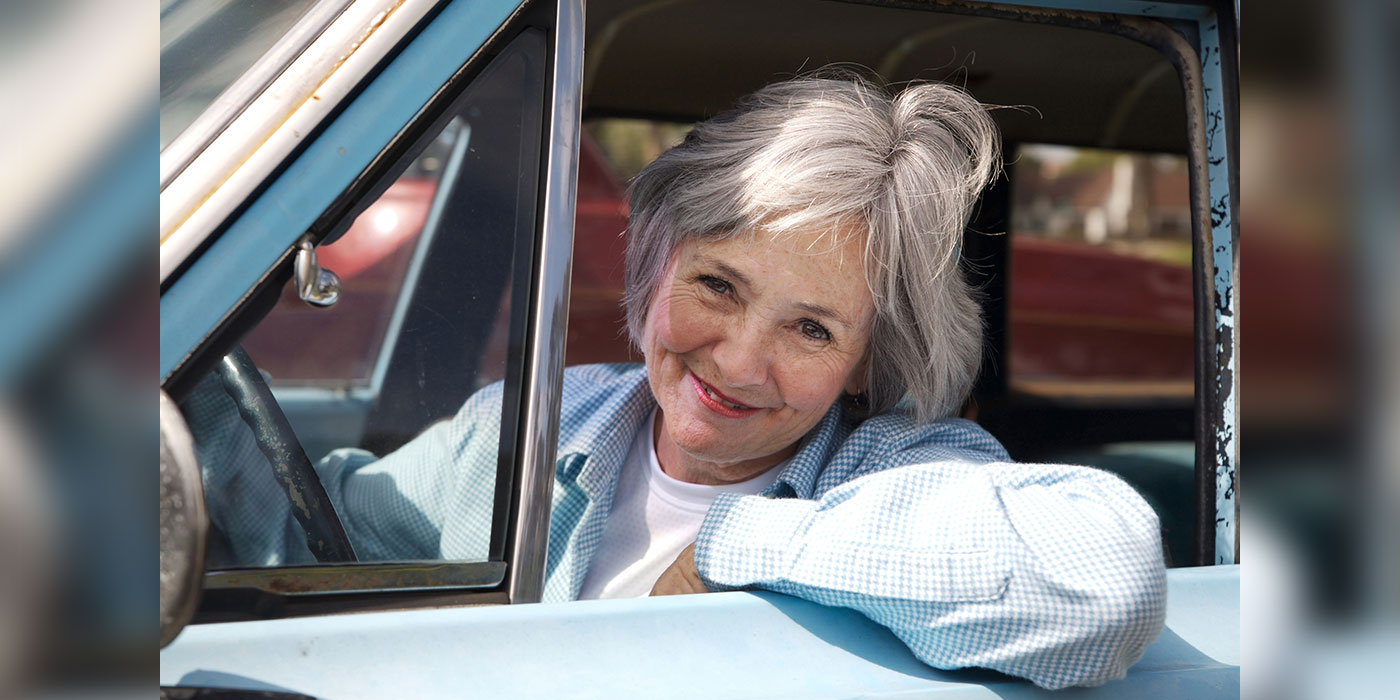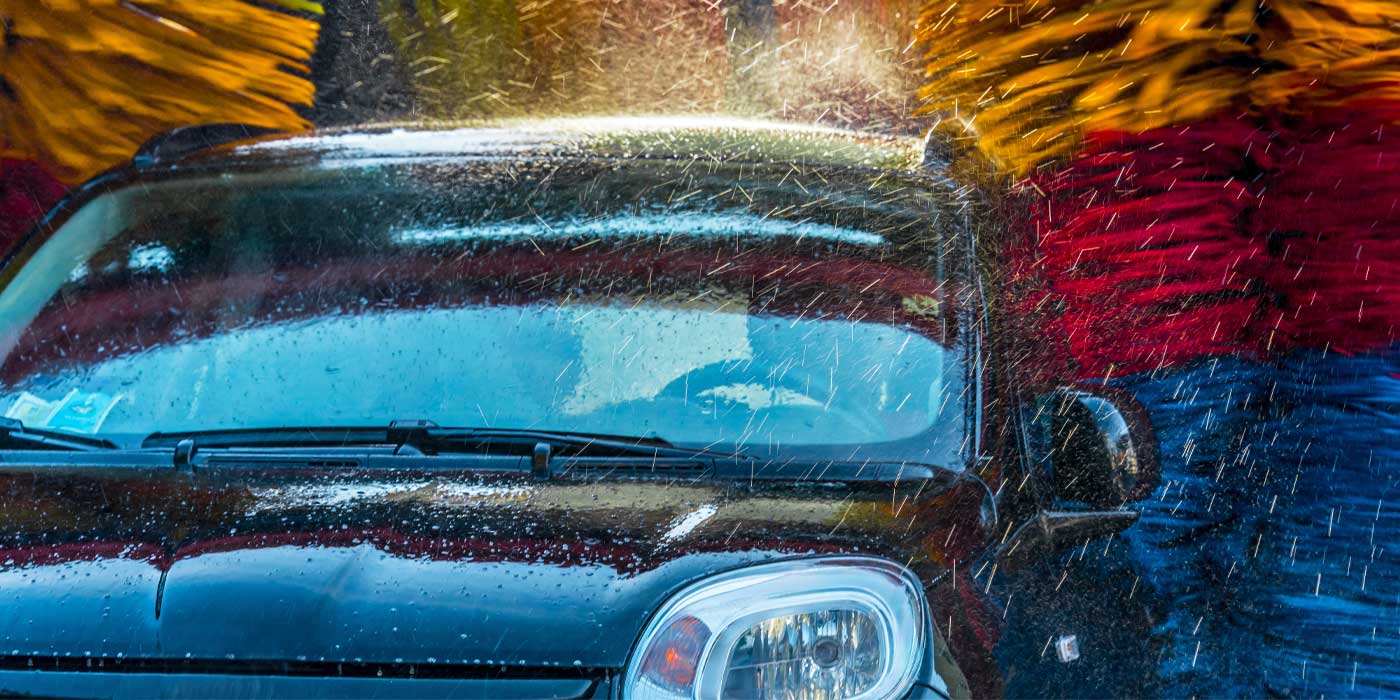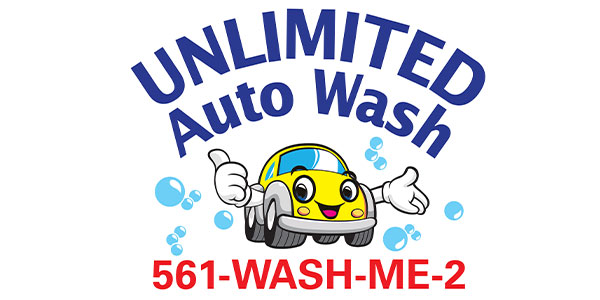As the carwash industry experiences explosive growth, the nation’s focus on the scarcity of natural resources is intensifying. When it comes to water conservation, this favors the professional carwash industry, which benefits from innovative water-saving equipment and systems.
Perspective on water usage
For example, those who wash their cars at home with a typical garden hose use 40 gallons to 140 gallons of fresh water (based on water running at 10 gallons per minute (GPM) and depending on the use of a spray nozzle or not). In comparison, professional carwashes with sophisticated and well-maintained water treatment, reclamation and delivery systems will use on average 30 gallons of fresh water, as found in the 2018 ICA Water Use Report. Plus, with the use of a reclaim system, a professional carwash operation will recycle the majority of the water applied and will not release any chemical pollutants into the stormwater system, as seen in the graphic below.
Top carwash operators go even further and implement water-optimizing trade secret techniques involving chemical formulations, water distribution, tunnel/bay configuration, equipment programming, air/water pressure balancing and custom tips/nozzles/applicator configurations. Unfortunately, much of this good stewardship goes unnoticed because of a lack of data visible to customers, communities, municipalities and the general public. Now that technology is available to monitor water usage, operators can dynamically broadcast digital water usage data in real-time, including freshwater saved and used, reclaim water collected and reused, and an average amount of both used per vehicle.
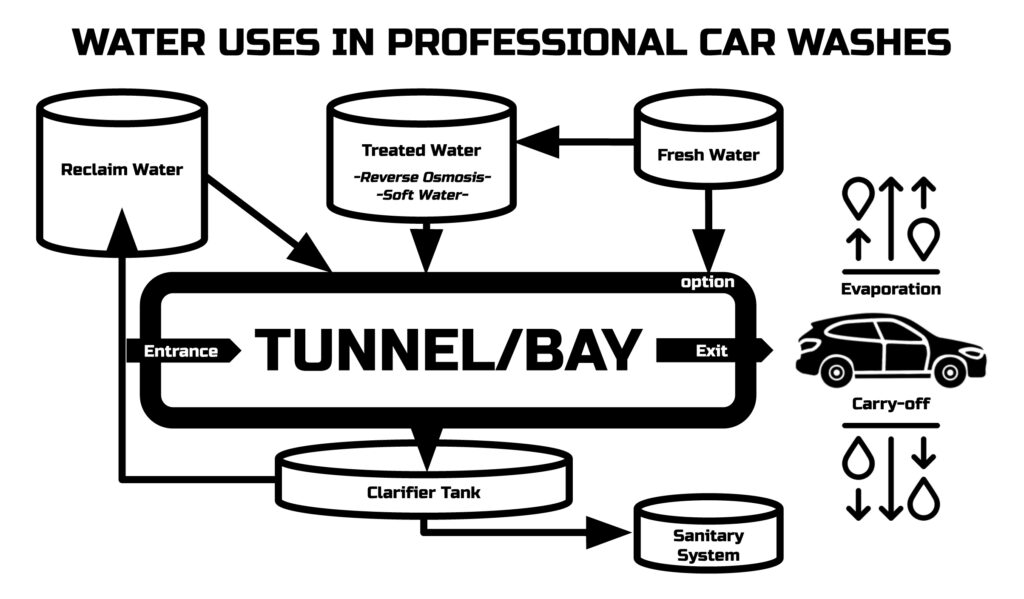
Audit and assessments
An advanced water management plan starts with a water audit. First, measure the water hardness (TDS Test) from the water main exit, which varies from site to site. Second, test the water pressure (PSI Test) and measure the diameter of the main water pipe, which will determine the maximum flow rate (which can be calculated by an expert plumber). Third, ask your plumber to design a distribution plan that delivers the required flow rate for pounds per square inch (PSI) and GPM to each equipment fixture requiring water, and, most importantly, to your chemical delivery systems. Finally, the below factors can dramatically influence a water conservation plan.
Chemicals
Higher dilution ratios can reduce water and chemical usage. Chemical formulations can influence chemical action and will dictate applicator placement and positioning.
Water quality
The better your water quality, the better your chemicals’ efficacy. If the hardness of your water is high, you may decide to add treated water to your water management plan.
Tunnel configuration
Tunnel/bay length, design, equipment package and configuration should all be driven by projected car count volume, growth and physical site constraints.
Water treatment
Reverse osmosis (RO) is required for spot-free rinsing, but it creates reject water; soft water produces brine water that requires disposal; and reclaim water is limited to parts of the wash cycle.
Equipment programming
Tunnel controller programming, injector and tip sizes, nozzle and applicator sizes, and water pressure adjustments can all contribute to wasting or saving water.
Delivery systems
Efficiencies and capacities differ, so size the system according to tunnel length and car volume. Systems with consistent water pressure and chemical dosages will use the least amount of water.
Conservation considerations
Water conservation is a common initiative for a professional carwash operation, but sometimes is overlooked by the outside world. Cars will continue to get dirty (even driverless vehicles) and require regular maintenance, including cleaning. Professional carwashes will continue to be the best option to maintain a car’s exterior asset value while saving water. Water treatment and reclaim systems must be sized based on GPM requirements, with storage tanks that align with projected volume. Evaporation (driven by climate/weather conditions) and carry-off (water left on the car) is an absolute for professional carwashes — factors that cannot be avoided but can be managed through optimization techniques. With the help of an expert technician, the chemicals, water quality, water treatment, tunnel configuration, delivery systems and equipment programming can optimize to produce double-digit-percentage savings of water. More should be done to advertise the water carwashes are saving, especially to both local municipalities and customers.
Tricks of the trade
Applying the following “tricks of the tr ade” will enhance wash efficiency and reduce freshwater usage:
- RO reject water can be used for high-pressure tunnel/bay wash downs, and pre-rinsing or can be directly added to the reclaim clarifier tanks.
- Flash foam chemicals can offer a “show” and dissipate faster off the car, thus reducing the amount of rinse water required.
- Synchronizingthe tunnel controller with the car position on the conveyor can avoid application overlaps and unnecessary chemicals and water on the car.
- Reclaim water can be used for high-pressure tunnel/bay wash downs, by way of a flood pump (can handle higher concentrations of solids in the water without clogging). Also, reclaim water can be used at the tunnel entrance for friction-based cleaning and all high-pressure rinsing (like the car’s underbody).
- RO water can be used in more applications if the operation is equipped with a high storage capacity.
- Delivery systems should be positioned to provide nearly equal run lengths to the entrance and exit, except for the tire shine, which should be positioned near the exit.
- Back pressure will increase abnormally when there is a clog in the chemical applicator nozzle; conversely, a drop in pressure indicates a leak. Spot checks or monitoring constantly with technology is recommended.
- Surface tension manipulation (from low pH – neutral pH – high pH) enhances the clean, shine and dryness of a car.
- Pre-rinsing all detergents off the vehicle before applying dry products is imperative for the dry products to work efficiently.
- Evaporation and carry-off can be reduced if blower nozzles are correctly positioned and not blowing into each other.
Maintenance matters
The water quality (TDS) of the fresh, reverse osmosis and soft water to the chemical delivery system should be constantly monitored or tested to verify that the water hardness is not elevating due to maintenance issues (such as the membrane needs replacement or there is a lack of salt pellets in the soft water system). Back pressure from the chemical delivery system should be tracked in real-time or tested periodically to safeguard a consistent injector draw and prevent or identify leaks and clogs. The reclaim basket screen should be regularly cleaned. Blower intakes should be evaluated for vibration/noise and cleaned as needed to maintain the peak performance of the blowers. Keeping up on scheduled maintenance will prolong the life of your equipment, reduce downtime caused by equipment failure, create more consistent wash quality, and protect against water waste. It is always recommended to have routine health checks and scheduled maintenance done by an expert technician.
Tapping technology
Carwash operators have two options when it comes to technology. They can use a function-specific hand-held device to test things like water volume (fresh, RO and reclaim), water quality (TDS), water pressure PSI, blower vibration sensor, temperature sensor, and moisture sensors, which are all limited to a single point in time. Or use a fully integrated monitoring system for the same items, which is updated constantly in real time, displayed in a dashboard format, and provides notification of items outside of custom pre-set parameters. The benefit of using technology for water conservation is that it can reduce labor time, increase operational efficiencies, and ultimately lead to increased enterprise value.
Michael O’Donnell is a 37-year veteran of the carwash industry, touching every aspect of the business, inclusive of: ownership, operations, technician, instructor, product development, equipment sales, distribution and manufacturing. He is a principal with Newport Beach, California-based Smart Solutions, Inc., an innovative “fluid technology company” serving the professional carwash industry, specializing in advanced chemistry, technology and support. Learn more at smartsolutions.net or contact Michael O’Donnell at [email protected].

